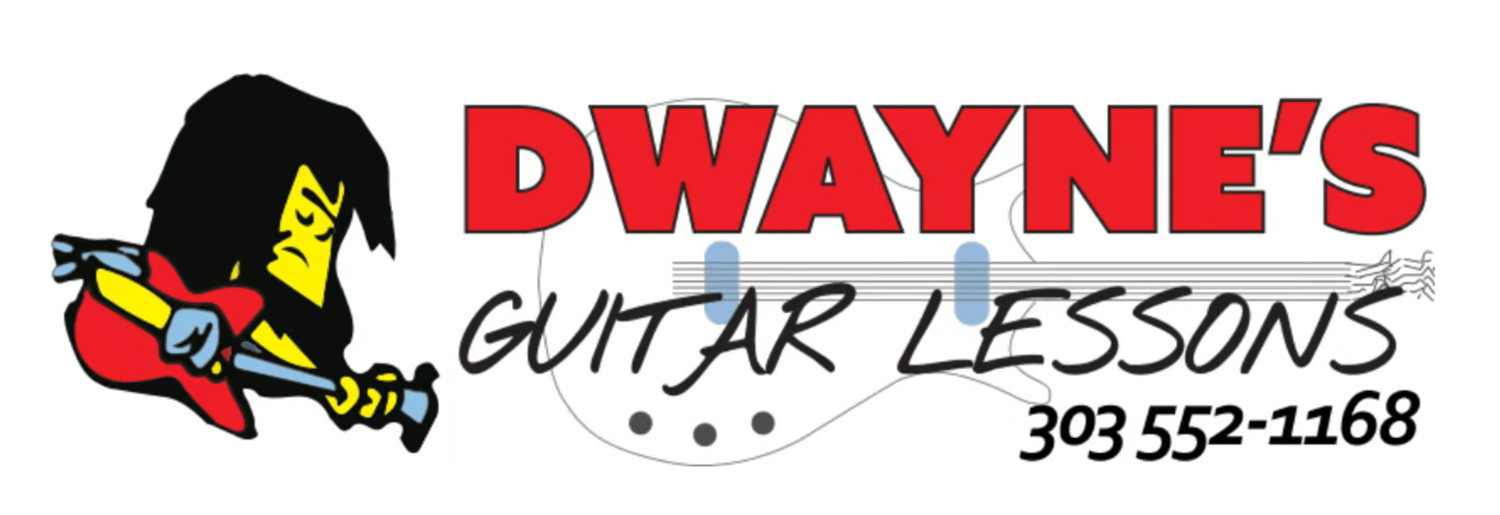In today's lesson, we are going to look at learning to master the guitar by ear. This is best done through listening to recordings. By doing this, you can develop a very valuable skill that requires no need for looking at sheet music. This can be very beneficial when the sheet music is not available.
This skillset will not only improve your listening ability but also enhance your overall musicianship and mastery of the fretboard. All very beneficial to you as a guitar player. This lesson will guide you through the process of developing this skill with tips and techniques that will help take your guitar playing to the next level. So if you're ready, let's get started.
Step #1: Choose The Right Song
Begin by choosing a song that fits your current skill level. This is very important, as one that is way above it can get frustrating if you haven't learned certain techniques yet. I see this happen all the time: students want to learn a particular song, but haven't developed all the skills within it.
Then they run up against a hurdle they can't get over. So, what do they do? They stop and move on to another song until the same thing happens. This is a very common thing with self-learners. Don't be like this. Pick a song that fits your skill level. It will be a lot more fun to learn in the long run.
Step #2: Work At Listening Actively
Actively listening is crucial when learning to master playing by ear. It is your number one tool in the process, and just like any other tool, you need to learn to use it properly. Start by listening to the song without your guitar. Get familiar wth the song structure. How does it start? How does it progress? How does it end?
Pay close attention to the rhythm, melody, and blueprint of the song. The more you do this in the beginning, the better you will be able to recognize where a song is going before it even gets there. Here are some tips for actively listening.
- Identify the structure: Listen for sections of the song, things such as verses, choruses, bridges, and solos. This will help you build the song blueprint.
- Focus on the chords: Try to distinguish the chord changes and the progression of the chords used in the song. This will help to identify the key.
- Listen for details: Notice any specific licks, riffs, or melody lines that stand out. These will be a good thing to zone in on first when learning any song.
Step 3#: Break It Down
Breaking the song into small, manageable sections will make the learning process easier. Focus on one part at a time, like the verse or chorus. Then, once you have that down, work on putting them together. This makes it less overwhelming and easier to work on.
Step 4: Find The Magical Key
Every song is in a certain key. A major, E minor, etc. While listening and doing what's been learned so far, you want to determine this. You can use a digital tuner to find the root note. You then work on the chords and figure out the progression. Here are a few tips to help with this step:
- Use a tuner: Play along with the recording and use a tuner to help find the pitch. Each key is represented by a pitch.
- Trial and error: Experiment with different chord shapes starting with the basics. Keep this up until you match the recording.
- Online resources: In today's society, you have all kinds of online resources that can help with this. Use websites and apps to help overcome struggles.
Step #5: Play Along & Practice
Once you think you have the chords down, play along with the recording. This will allow you to figure out if you're on track or still need some work. This will also help you to figure out the timing and cadence of the song. If at all possible, use a device that will allow you to slow the song down and loop sections. This will be very beneficial. Especially when it comes to the solos.
Step #6: Refine Your Technique
As you become more comfortable with the song, focus on refining your technique. Pay attention to such things as articulation, dynamics, and the overall song expression. These things are just as important as knowing the chords and what key you're in. As you learn more songs, you will be able to develop a system and style of learning that'll be all your own. Here are a few more tips:
- Record yourself: Listening to your own playbacks can help you identify areas that need improving. As well as areas that you have accomplished.
- Use a metronome: Practice with a metronome to improve your timing and rhythm. These two things are most important when it comes to playing music.
- Seek feedback: Share your progress with fellow guitarists, friends, family, and teachers to get constructive feedback.
Conclusion
Learning songs from recordings is a rewarding challenge that hones your listening skills and enhances your musicianship. By following these steps, you'll be able to learn songs more efficiently and develop a deeper understanding of the music you love.
Remember, patience and persistence are key. By developing your ear to the point where you can do what's been taught in this lesson, you can learn any song at any time without the need for sheet music. You will also learn how to construct songs of your own through this process. So grab your guitar and head down the journey of learning how to do something amazing.
Personal Assistance Available
If you feel you could benefit from personal assistance, I offer that as well. As stated above, feedback can go a long way to ensuring that you are on the right track and doing things correctly. Personal attention through private lessons can help you develop your skills better, avoid making costly mistakes, and make the learning journey a lot more enjoyable.
Just contact me at my website, and we will set up a free consultation. Sometimes, just a point in the right direction is all a person needs to unlock their true potential and accomplish something great!
Thanks for your time reading today.
Have a great day, and take care.
Sincerely, Dwayne Jenkins


